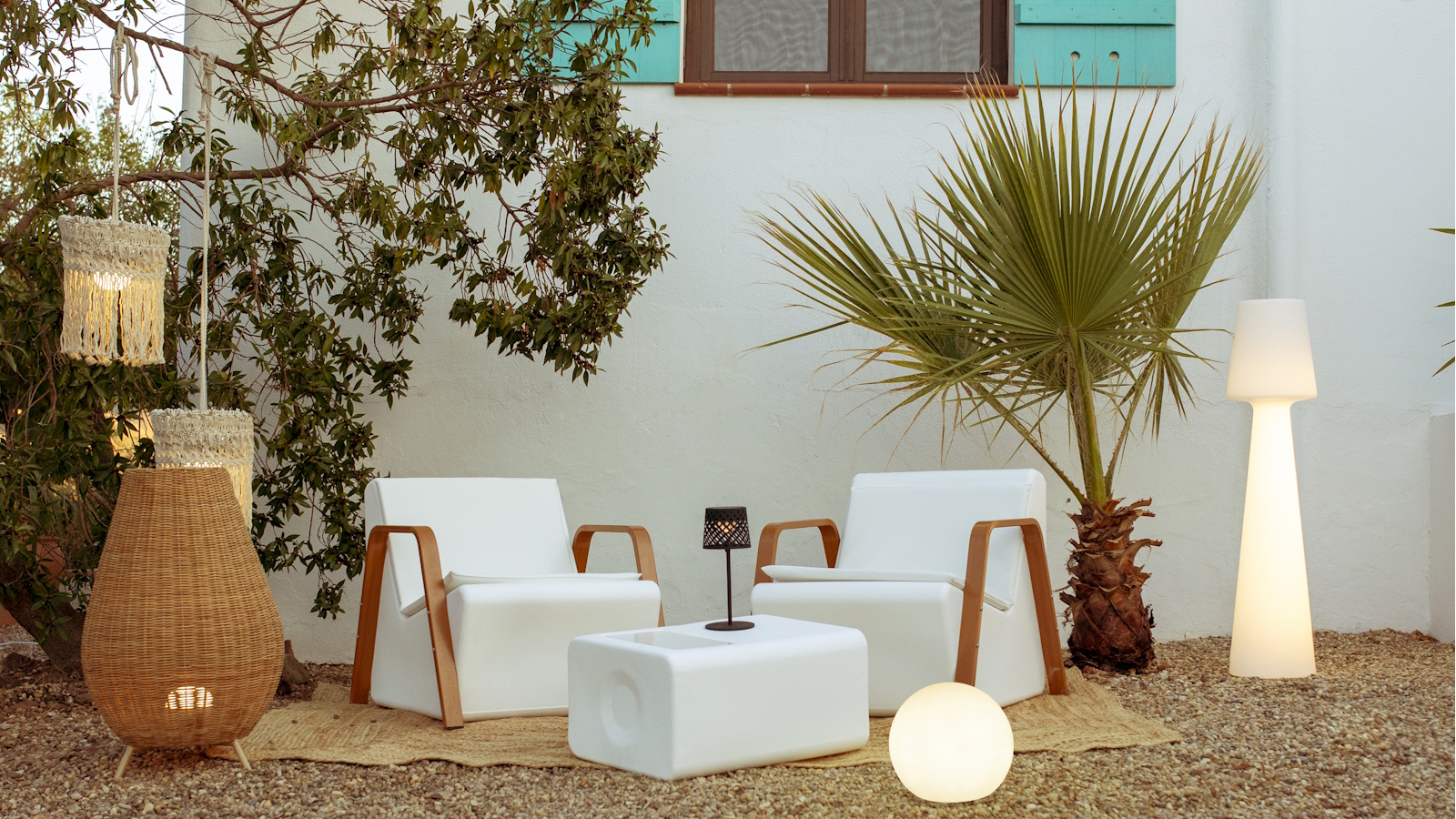
Seaweed, often seen as a nuisance on our summer beach trips, can actually provide valuable nutrients and minerals to our plants. Used as a mulch or liquid, it can boost root health. But how does it work and is it possible to forage it from the beach instead of buying expensive extracts from the garden centre? Seaweed falls under the category of biostimulants, which are different from regular fertilisers that contain NPK (nitrogen, phosphorus and potassium) and other nutrients.
While seaweed does contain a small amount of NPK, it's not enough to replace regular fertiliser, explains plant biologist David Gale, gardening advisor at Maxicrop. What makes seaweed so valuable are its trace elements. "So, in the same way we have vitamins in our diet, plants have trace elements in tiny quantities, like iron, molybdenum and manganese, whereas often fertilisers don't have trace elements in them.

" says Gale. Seaweeds also contain alginates which are believed to improve soil structure and the defence characteristics of the plant, helping to ward off diseases and pests, adds Gale, who is also the director of specialist consultancy Garden Ethos. Furthermore, seaweed contains plant growth hormones and amino acids which are thought to alleviate plant stress relief to help withstand heat, cold and drought.
So what exactly can it do? According to Gale, using seaweed on plants can significantly boost their growth. "At its simplest level, treating plants with seaweed stimulates the plants to produce a much better root system," he explains. "In the ground or in a pot they grow better and are able to withstand the sorts of things that we as gardeners do, such as forgetting to water things, or planting in poor soil.
" But does seaweed negate the need for fertiliser? Gale clarifies that this is not the case, especially for smaller plants. "No. You still need to use fertiliser on your plants with the exception of large established shrubs and trees," Gale advises.
Gale likens seaweed treatments to human dietary supplements, saying, "Seaweeds and other biostimulants are like the food supplements that we have as humans. It's about having a better root system. ".
When it comes to applying seaweed to your plants, the options are varied. You can purchase it dry or in liquid form from garden centres, using it sparingly. Most often, gardeners mix a bit of liquid seaweed extract with water in their watering cans before applying it to the soil.
For those wondering if they can source seaweed directly from nature, Gale confirms it's possible: "Absolutely. You could collect bladderwrack (edible brown seaweed) from the shores of the UK, boil it up, macerate it and then put it on the soil." He also touches on traditional practices, highlighting how some in Scotland still utilise seaweed.
"Crofters in Scotland still collect seaweed in the winter and lay it on the soil where it breaks down. Worms drag it underground and it's direct." However, for those considering the natural route, Gale cautions about purity concerns.
"It wouldn't be as pure (as a product you buy) because you'll be collecting a whole mixture of seaweed and there might be bits of grit in it." The RHS has issued a warning that there is no public right to collect seaweed from the beach unless you own the beach and it is not designated a site of special scientific interest or a special area of conservation. The charity advises checking with the land owner and the local council first if you plan to gather seaweed.
Gale suggests preparing the seaweed by putting it through a blender and then boiling it up until it breaks down. Alternatively, seaweed can be used as a mulch over beds and borders if you don't want to boil it. According to Gale, the best time to apply seaweed is from the end of March, when the plants are starting to grow and during the growing season, when it will stimulate the roots to do well.
He says: "Plants only grow related to the soil temperature, so do it when the soil starts to warm up." He recommends applying very diluted solutions every one to two weeks, depending on the plant. Bedding may benefit from it once a week, while mature shrubs might only require it two to three times a year, and veg every two weeks, he suggests.
However, stop applying seaweed extract from mid-September, when the plants are starting to slow down, with the exception of houseplants. Gale believes the results will be visible. He says: "In my experience you get slightly bigger plants but also much healthier-looking plants which stay looking healthy and performing, whatever the weather and the environment throw at them," He adds: "You also get better flavour.
I extensively use seaweed extract on my tomato plants." When choosing a type of seaweed extract, there are several options available such as seaweed meal, powdered seaweed extract, and liquid extract. "Look for the dilution rates because something that seems a better price might not be once you work out how much needs to be diluted.
The concentration will tell you what the value of the product is. Also look for its organic status." Regarding houseplants, the answer is affirmative: "Yes.
I have loads of houseplants and particularly like succulents. When I liquid feed and water, I will mix in a bit of diluted seaweed extract at the same time." The benefits of seaweed extract are especially noted for potted plants: "I find that seaweed extract is really beneficial to anything grown in pots and the smaller the pot, the more beneficial it is.
" For an additional boost, foliar feeding with seaweed extract can provide trace elements directly to the plant's leaves, Gale suggests..















